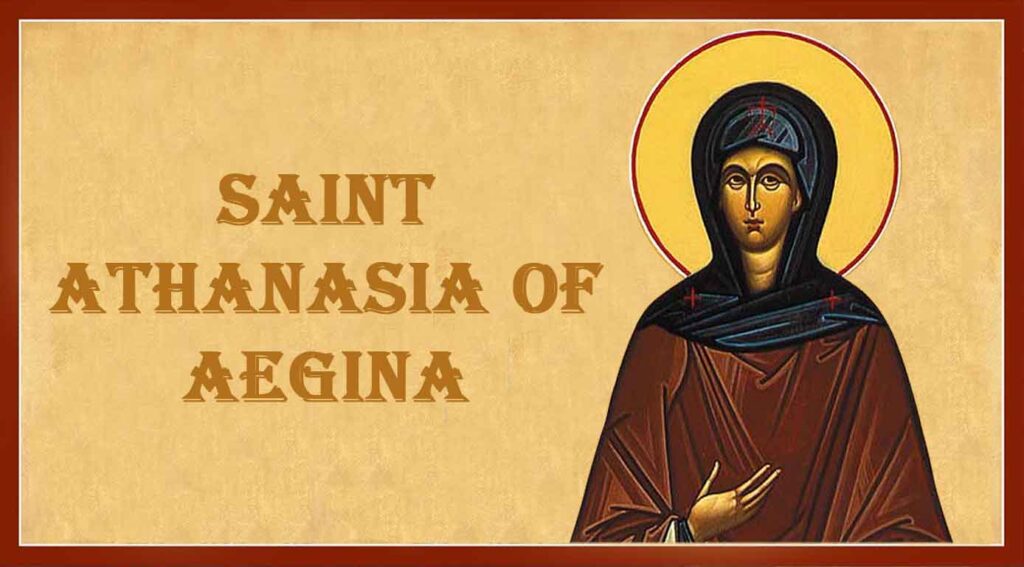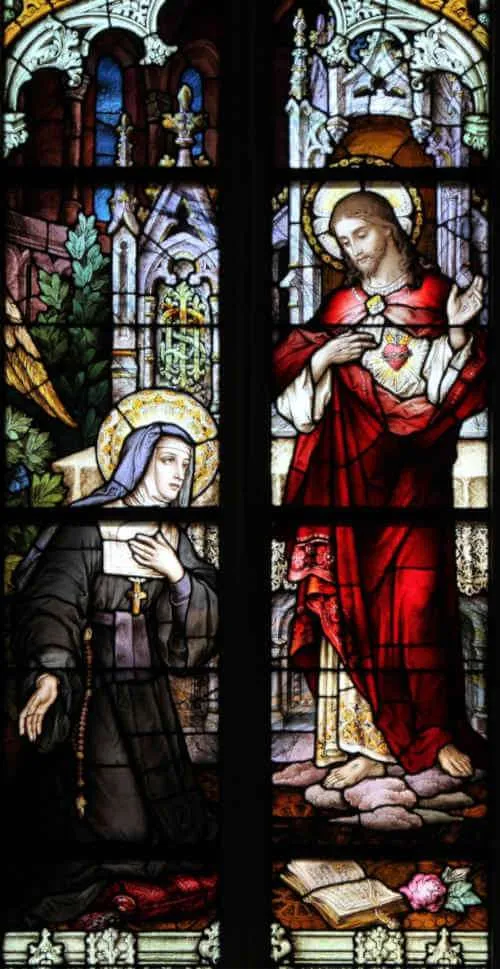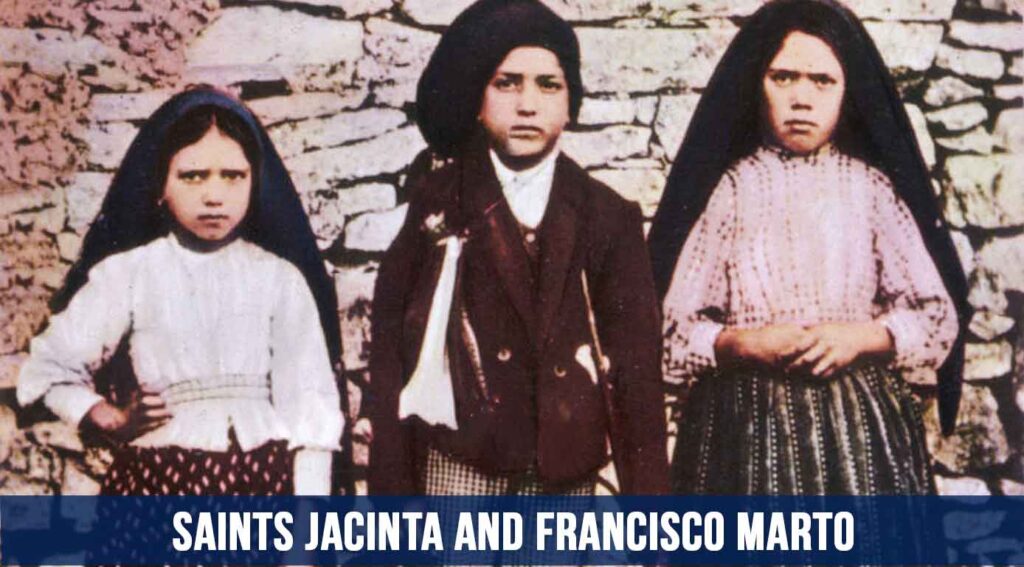Third Century; Patron Saint of France, Paris, and possessed people; Invoked against frenzy, headaches, hydrophobia, rabies, and strife; Pre-Congregation canonization
Saint Denis, whose Latin name is Dionysius, was most likely a Roman citizen who was born within the Roman Empire, possibly modern-day Italy. Nothing certain is known about his early life, and the mixture of fact and legend about his later life and martyrdom comes from at least the sixth century. He is believed to have been martyred sometime in the middle- to late-third century. Most sources suggest that he was martyred during the reign of Emperor Decius, who ruled from 249 to 251 and initiated a widespread persecution of Christians. Others suggest that his martyrdom might have been during the reign of Valerian, who ruled from 253 to 260 and also persecuted Christians. Still others suggest a later date.
Pope Fabian served as pope from 236–250. As a layman and a farmer, he was an unlikely candidate for the papacy. However, he had traveled to Rome to attend the election of the new pope in 236, and, during the debate, a dove miraculously landed upon him. Everyone present believed this to be a divine sign, and he was immediately chosen by popular consent to be the new Vicar of Christ.
During his pontificate, Pope Fabian was deeply committed to evangelization. The sixth-century historian, Gregory of Tours, writes that Pope Fabian sent out seven bishops to evangelize seven cities in modern-day France: Tours, Arles, Narbonne, Toulouse, Paris, Clermont, and Limoges. Bishop Denis was sent to Lutetia (modern-day Paris) and made bishop of that territory. He brought with him two companions: a priest named Rusticus and a deacon named Eleutherius. Upon arrival, they took up residence in the heart of Lutetia on an island in the Seine River.
On that island, Bishop Denis and his companions built a church and began to celebrate the Sacred Liturgy. They preached the Gospel to the inhabitants and won over many converts to the faith. Not all approved of their success. The pagan priests, or druids, became envious and began to revolt. The druids practiced a mixture of Celtic and Roman polytheistic religions that promoted the worship of various gods and goddesses in natural settings, such as forests, rivers, and hilltops. Rituals often involved offerings of food, drink, or valuable objects to appease the gods and to seek favors. As a result of the druids’ envy, they stirred up the people who feared that if they did not put an end to this new religion, their gods and goddesses would be angered.
The uproar led to the arrest and imprisonment of Bishop Denis, the priest Rusticus, and the deacon Eleutherius. While in prison, the men suffered many tortures in an attempt to get them to renounce their faith, but they remained strong. Finally, all three were beheaded on the highest hill in Lutetia, which would have been a druid holy place. Gregory of Tours writes it this way, “Blessed Dionysius, the bishop of the Parisians, after suffering various punishments for the name of Christ, ended his present life by the imminent sword.”
Two stories have emerged regarding the aftermath of Denis’ death. One pious legend states that after he was beheaded, he remained alive, picked up his head, and walked several miles to the cemetery in which he wanted to be buried. Along the way, as he walked carrying his head, he preached the Gospel and expressed his unwavering forgiveness of his persecutors.
Another story relates that after the three were beheaded, their bodies were thrown into the Seine River, but a pious woman named Catalla found their bodies and buried them in a nearby cemetery. A chapel was later built over their tombs. Regardless of which story is true, the spot quickly became a place of pilgrimage as Christianity spread in the fourth and fifth centuries. In 469, through the efforts of Saint Geneviève, a larger chapel was erected on the spot, and, over the centuries to come, the church was rebuilt and expanded. Today, the spot is marked by the Basilica of Saint-Denis, located in the northern suburbs of Paris. It became such an important place of pilgrimage and devotion over the centuries that kings, queens, and other royalty chose it as their burial place. For that reason, it is known as the “royal necropolis of France” because almost every French king and queen from the sixth to the nineteenth centuries is buried there, as well as other members of the royal family.
Saint Denis and his companions were early clerics, missionaries, and martyrs. Though they had a powerful effect upon the people of their time, their more profound effect came afterwards as faithful Christians were inspired by their witness and enthralled by their stories. Regardless of whether some details of their martyrdom are more legend than fact, their stories are inspirational. Though most historians deny the historicity of Saint Denis carrying his head, God is All-Powerful and could easily perform such a miracle. The greater miracle, however, is the witness they gave and the forgiveness this legend conveys.
As we honor Saint Denis and his companions, ponder the depth of your own faith and how willing you are to go, so as to embrace martyrdom rather than sin. Ponder, also, whether you are willing to forgive anyone and everyone who has sinned against you. These are the central messages of Saint Denis’ legend. Allow those messages to penetrate your own soul.
Source: https://mycatholic.life/saints/saints-of-the-liturgical-year/october-9—st-denis-and-companions/








